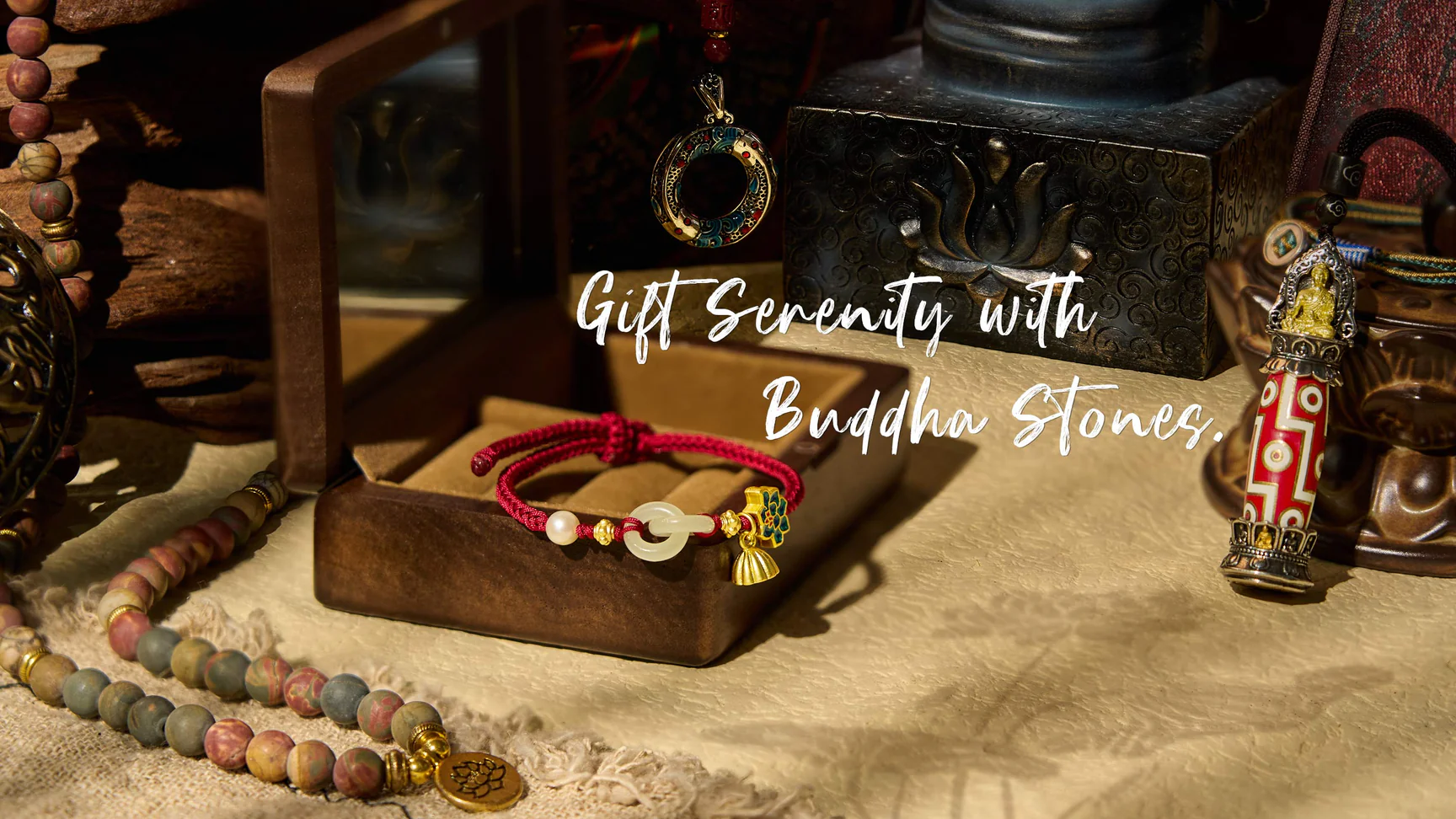In our modern world, emotional trauma is often addressed in therapy rooms, with structured interventions, diagnoses, and medications. But the human experience of trauma—of loss, fear, survival, and grief—didn’t begin in the last century. It stretches back to the dawn of humanity.
For over 200,000 years, our ancestors lived, suffered, and healed—long before psychotherapy existed. So how did early humans cope with the emotional wounds that came with death, danger, and disaster? What can we learn from their innate wisdom?
Trauma Is as Old as Humanity
Whether early humans lived in peaceful bands or competitive tribal groups, one truth remains: trauma was a constant. They lost loved ones to illness, animal attacks, violence, and famine. They faced natural disasters, accidents, and personal danger in ways we can hardly imagine.
Imagine a four-person hunting party. One of the group is taken by a predator or dies in a fall. The survivors return to the village, shaken and grieving. There are no therapists, no prescriptions, no formalized grief rituals beyond what the community creates for itself. And yet, they heal. They continue.
The Human Body—and Mind—Wants to Heal
Just as a cut finger scabs over and heals, and a broken bone knits itself together with time, the human body is designed for recovery. And this extends beyond the physical. Emotional resilience isn’t some modern invention—it’s a built-in survival mechanism.
If the human mind couldn’t recover from trauma, society itself would’ve collapsed generations ago. Instead, what we see across history is the remarkable ability of people not only to bounce back but to grow stronger in the process. This isn’t romanticism—it’s resilience. It’s biology.
The Kauai longitudinal study revealed that children raised in hardship often turned out more resilient than their middle-class peers. Holocaust survivors like Elie Wiesel transformed unspeakable horror into healing narratives, offering hope to the world.
Nature’s Method: Bilateral Movement and Integration
Modern neuroscience has confirmed something our ancestors may have known without naming it: healing happens through movement, rhythm, and integration. The human brain is divided into hemispheres that process thought and emotion differently. Traumatic experiences often become “stuck,” trapped in the body and the brain in unintegrated fragments.
One natural way to bridge that gap? Bilateral movement.
Ancient rituals of drumming, chanting, and dancing weren’t just for ceremony. They induced trance, calmed the nervous system, and stimulated rhythmic left-right brain activity. This same effect is replicated today in clinical treatments like:
- Eye Movement Desensitization and Reprocessing (EMDR)
- Emotional Freedom Technique (EFT)
- Thought Field Therapy (TFT)
But the most primal and accessible version of this healing rhythm? Walking.
Walking Your Blues Away
When we walk, our body naturally engages in bilateral movement. Left foot, right foot. Swinging arms. A rhythmic pace that mirrors the oscillation between left and right hemispheres of the brain.
If we walk while consciously bringing to mind a troubling memory or emotional trigger, something remarkable can happen: the emotional charge begins to dissipate. Not through forgetting, but through reframing. The event becomes integrated—moved from the forefront of pain into the backdrop of understanding.
Painful memories lose their intensity. The inner dialogue changes. Instead of, “That still hurts,” the internal narrative evolves to, “Yes, that happened. I’ve learned from it, and I’m okay now.”
This process doesn’t erase the past. It repositions it in a way that empowers us in the present.
Healing That Belongs to All of Us
We often think healing must come from professionals, from systems, from something outside of ourselves. But for most of human history, it came from within—and from the body’s relationship to the natural world.
Walking while holding a memory, dancing in rhythm, crying around a fire with others who understand—these were ancient, and effective, ways of tending to the psyche. They weren’t exotic rituals; they were accessible, intuitive, and deeply human.
Today, while therapy and medication play important roles for many, it’s worth remembering we are not broken machines. We are self-healing organisms—physically, emotionally, spiritually. And the tools we need are often much simpler and more natural than we realize.
The Present as a Place of Power
The beauty of this healing process is that it returns us to ourselves. It quiets the noise of imagined futures and unresolved pasts. It brings us into the now—a place where fear has less grip and peace becomes possible.
So the next time you’re struggling with a heavy memory, consider putting on your shoes and taking a walk. Bring that pain with you—not to wallow in it, but to move through it. Literally.
With every step, you may find that you’re not just moving forward on the path—you’re moving forward in your healing.



